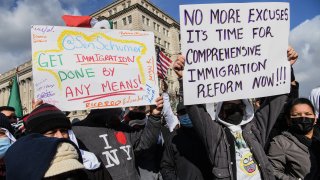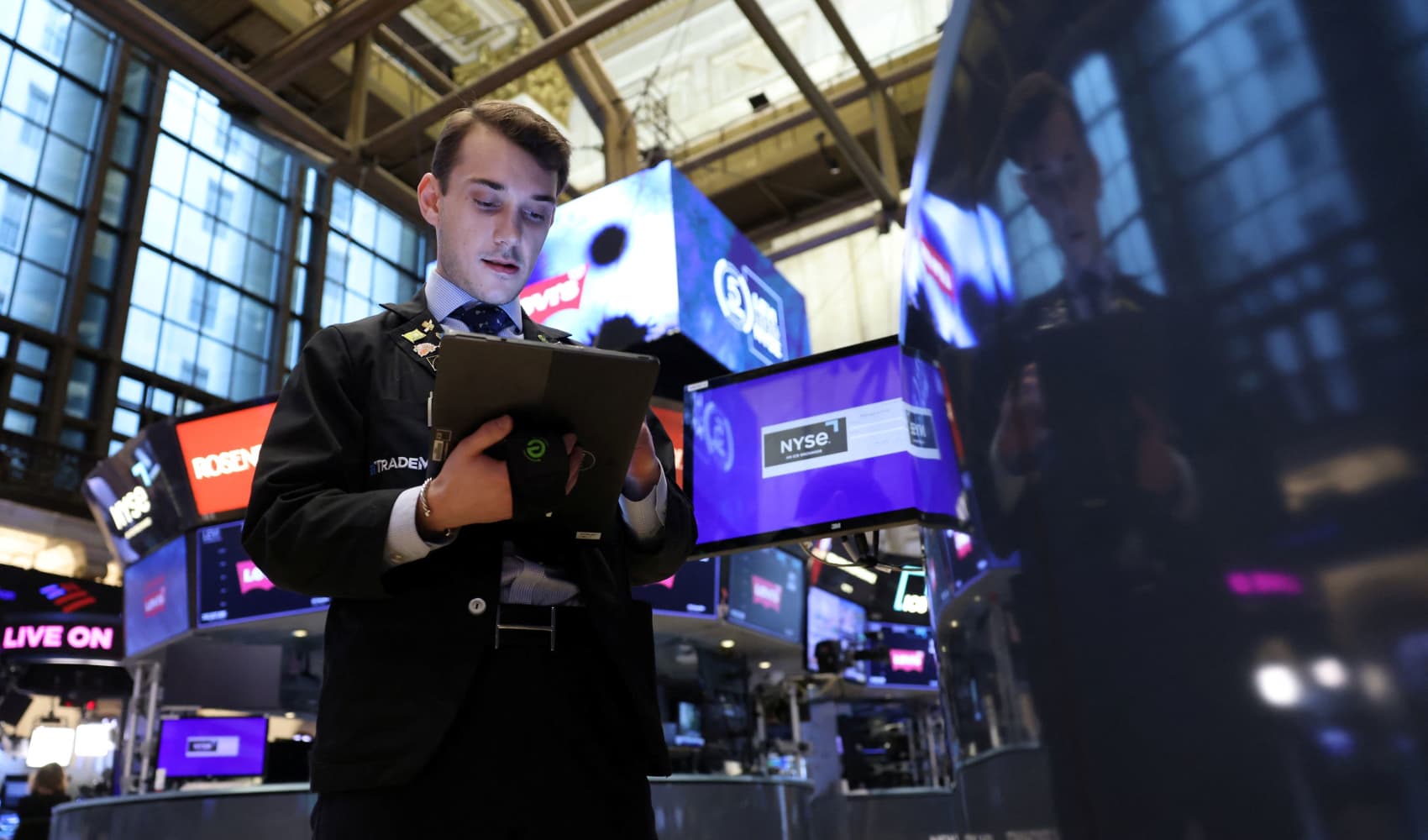
In 1968, Jerry Lewis starred in a movie entitled, "Don't Raise the Bridge, Lower the River."
The title keeps coming to mind when I think of how Federal Reserve policy relates to two vexing problems facing the economy today.
First, and possibly most important, the labor shortage driving up wages.
Second, the housing shortage that, until recently, was driving up home prices at a pace not seen in recent memory.
Get San Diego local news, weather forecasts, sports and lifestyle stories to your inbox. Sign up for NBC San Diego newsletters.
In both cases, the fundamental problem behind these issues is the lack of available supply, not the cost of money.
In neither case does the Fed's current policy prescription of raising official interest rates to 5% or higher do anything to address the underlying issues.
They are lowering the river, rather than raising the bridge.
Money Report
A people problem
It's a policy prescription, I would argue, wrongly being advocated by some very prominent people.
The thinking, pushed by the likes of former Treasury Secretary Larry Summers among others, is that by driving the unemployment rate back toward 5% for a period of five years, the U.S. can avoid the type of entrenched wage-price spiral that dogged the economy throughout much of the 1970s and early 1980s.
But there's a serious flaw in that logic.
First, the wage gains we have seen lately, rising at an annual rate of 5.1%, as per the last jobs report in November, are allowing rank and file workers to merely catch up as wages have largely stagnated over several decades.
Second, the more damning implicit logic here is that by driving people out of their current jobs, they will lose their current bargaining power and, after a period of unemployment, will return to the workforce and accept more moderate wages.
How does that help the economy?
The U.S., like many other advanced nations, has a demographic problem, a birth rate problem, an immigration problem — in essence, a people problem.
It's been estimated that the U.S. is short anywhere from 1.2 to 4 million workers by a wide variety of analysts and economists, noting that the number of available jobs exceeds the number of unemployed workers by roughly the latter amount.
The labor force participation rate remains 1.2 percentage points below that of the pre-pandemic economy.
The reasons appear to be the result of three million people retiring early during and after the pandemic hit and others simply opting out of a labor market that no longer meets neither their personal nor professional needs.
The effects of "long Covid" on prime-age workers appears also to be an issue.
It's been estimated that between 2-4 million Americans are dealing with long Covid, affecting their ability to work either full or part time.
In addition to those Covid-related issues, in 2021, U.S. population growth was the slowest in the history of the U.S. while the birth rate has also fallen, and life expectancy declined for two straight years.
These are not the stuff of which large labor forces are made. Nor are they solved by pushing up the unemployment rate to create "slack" in the labor force and, thus, reduce wage inflation.
The need for immigration reform
The real problem here is that the U.S., quite simply needs a larger and more rapidly growing labor force at all skill levels.
It's just simple math.
CNBC's Sara Eisen asked Commerce Secretary Gina Raimondo on air Thursday how the U.S. will fill all the jobs created by the CHIPS Act, as several computer chip companies have been incentivized and committed to building scores of new manufacturing facilities in the U.S..
Raimondo optimistically suggested the U.S. will focus on re-skilling the workforce and work with colleges and universities to bring people in.
That's fine, accept the numbers just aren't there.
Everyone business person I speak with is calling for comprehensive immigration reform to help re-populate America.
Unlike many other countries with similar, or worse, demographic profiles, the U.S. has always solved its population, and by extension, its labor force problems, by importing people.
The Fed can't print 'em so we need to import 'em.
It has been a hallmark of U.S. economic growth that all immigrant workers, with varying degrees of acceptance throughout our history, have lent a hand in building and rebuilding our nation.
Let's not lower the river, let's raise the bridge and raise the living standards of the nation, rather than accept that a decline in our labor force that will consign us to permanently underperforming our vast potential.






